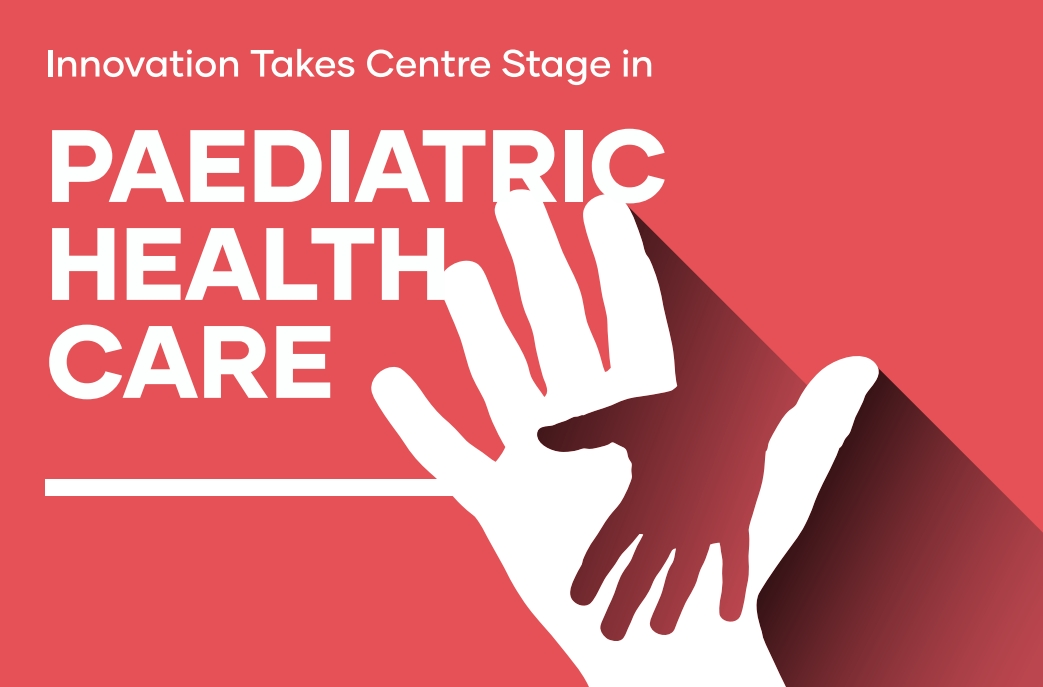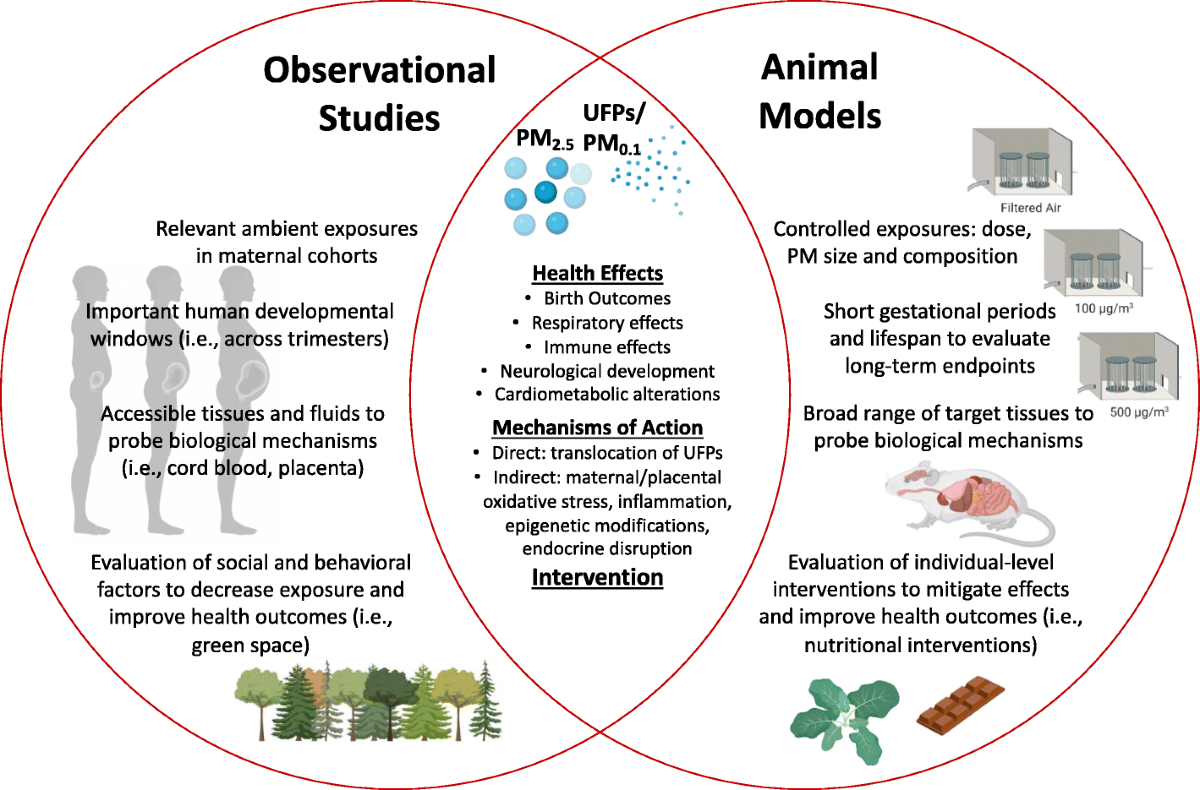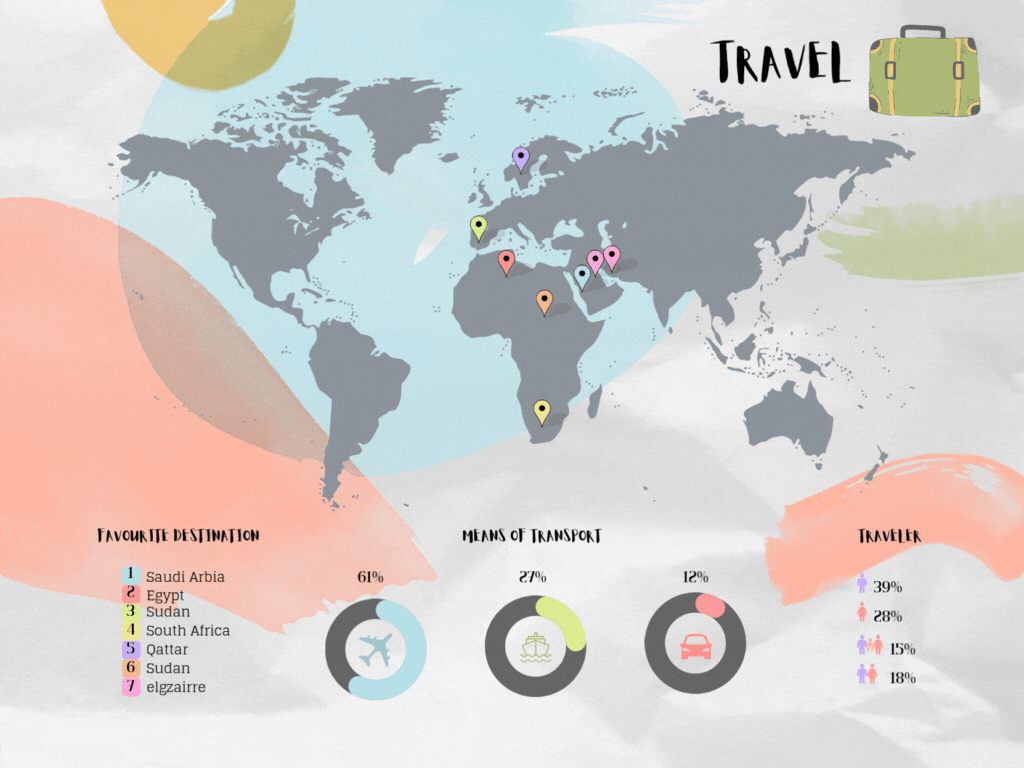Long-Term Neurodevelopmental Outcomes in Preterm Infants
Keywords:
Preterm birth, neurodevelopment, cognitive impairment, motor delay, very low birth weight, long-term outcomesAbstract
Preterm birth remains a significant global health challenge, with increasing survival rates due to medical advancements. However, long-term neurodevelopmental impairment (NDI) remains a major concern. This study evaluates cognitive, motor, and behavioral outcomes in 1,500 preterm infants (gestational age <32 weeks) at five years of age across multiple centers in Europe and North America.
Participants were classified into three groups based on birth weight:
- Extremely low birth weight (ELBW, <1,000g, n=500)
- Very low birth weight (VLBW, 1,000–1,500g, n=500)
- Moderate preterm (1,500–2,000g, n=500)
Standardized neurodevelopmental assessments were performed, including the Bayley Scales of Infant Development-III (BSID-III) and Wechsler Preschool and Primary Scale of Intelligence (WPPSI).
Key findings include:
- Global cognitive delay was found in 32.4% of ELBW infants, 18.6% of VLBW infants, and 9.1% of moderate preterms (p<0.001, OR=2.45, 95% CI: 1.88–3.21).
- Motor impairment (defined as a score <85 on the BSID-III Motor Scale) was observed in 23.8% of ELBW, 12.1% of VLBW, and 5.6% of moderate preterms (p=0.002).
- Attention-deficit/hyperactivity disorder (ADHD) symptoms were significantly higher in ELBW infants (19.2% vs. 7.8% in controls, p=0.004).
- Severe NDI (cognitive and motor disability combined) was diagnosed in 14.7% of ELBW infants, 6.9% of VLBW infants, and 2.4% of moderate preterms (p<0.001).
Multivariate regression confirmed that lower gestational age, prolonged mechanical ventilation (OR=1.92, p=0.003), and neonatal sepsis (OR=2.37, p<0.001) were significant predictors of NDI.
ConclusionPreterm infants, especially those with ELBW, remain at high risk for long-term neurodevelopmental deficits. Early intervention programs and long-term follow-up strategies are crucial in mitigating adverse outcomes. Future research should focus on targeted therapies to improve neurodevelopment in this vulnerable population.





